A woman’s place is in the resistance
It’s International Women’s Day and Ryerson Today is taking a look back at the second wave of feminism that helped propel women’s rights forward from the early 1960s until the 1980s.
International Women’s Day dates back to the turn of the 20th century when women’s oppression and inequality were motivating women to raise their voices and fight for equal rights. Largely fought out of the labour movement, the struggle for equality started with the demand for better working conditions and voting rights, before broadening to include social reform in the workplace, households, health care and sexuality.
Women of colour were, and continue to be, a driving force in leading the resistance – like Shirley Chisholm, pictured below, the first Black woman elected to U.S. Congress in 1968 and the first Black candidate to run for U.S. president in 1972. In 2015, she was posthumously awarded the Presidential Medal of Freedom.
While the modern world has experienced a shift in women’s roles and attitudes towards women, the protests continue in the wake of the #MeToo Movement, the demand for equal pay and the lack of female representation in politics and business.
Assembled from the Black Star Collection (external link) at the Ryerson Image Centre (external link) , the images below depict historical moments that defined a generation of women – both famous and every day women who marched on the frontlines and forged their own path.
The revolution continues.
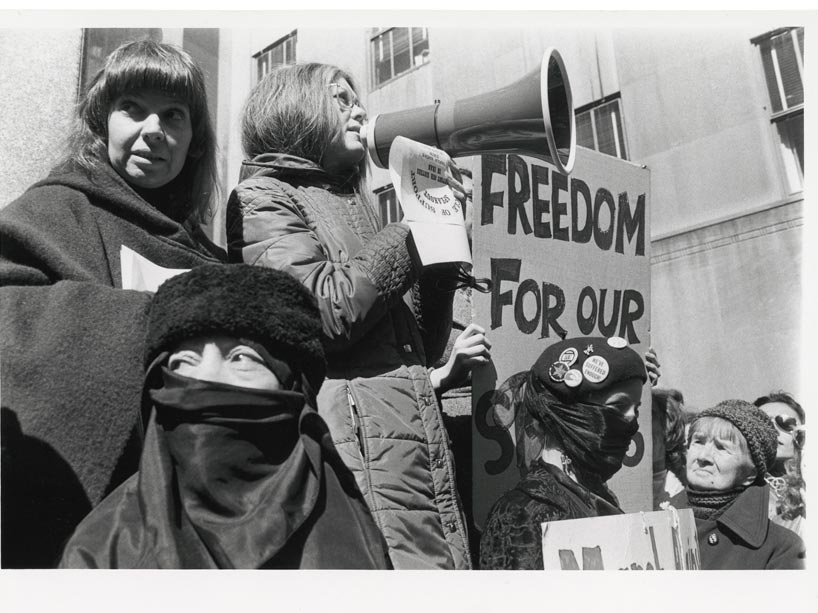
Ann Chwatsky, [Gloria Steinem at the women's demonstration in support of Iranian women, New York City], March 1979, gelatin silver print. The Black Star Collection, Ryerson Image Centre.
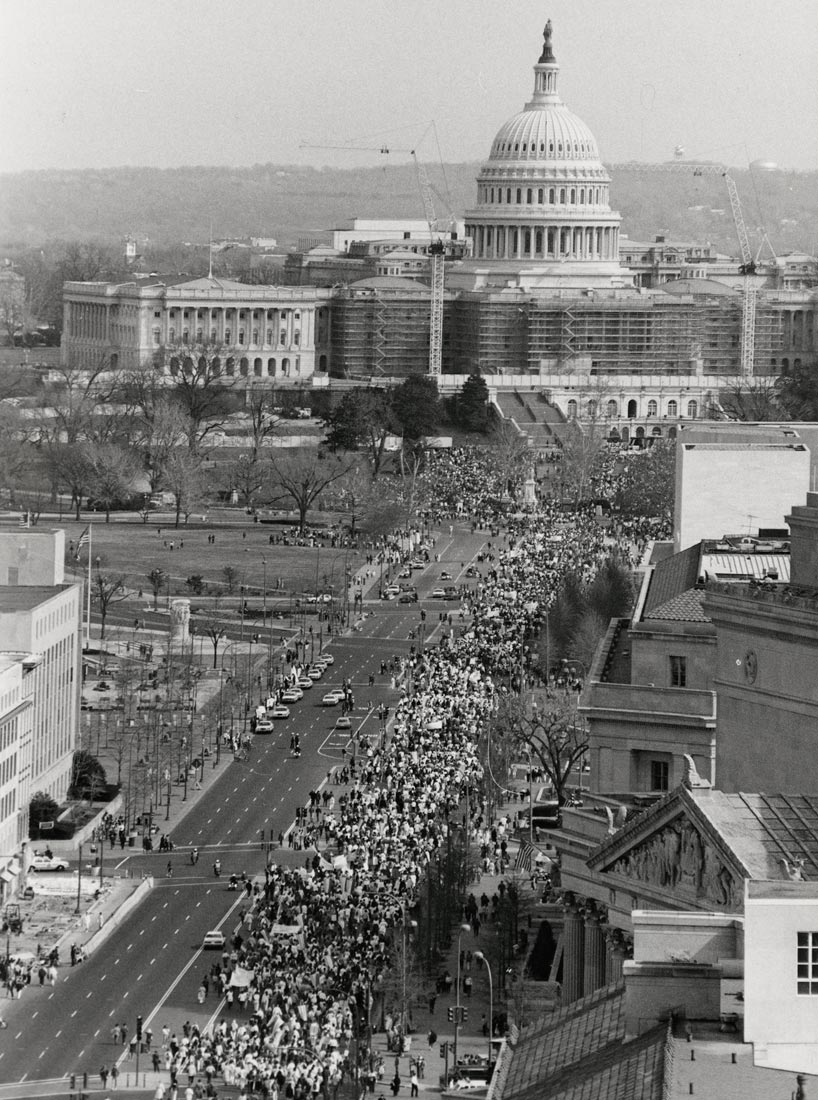
John Troha, [N.O.W. March on Washington], March 1986, gelatin silver print. The Black Star Collection, Ryerson Image Centre.
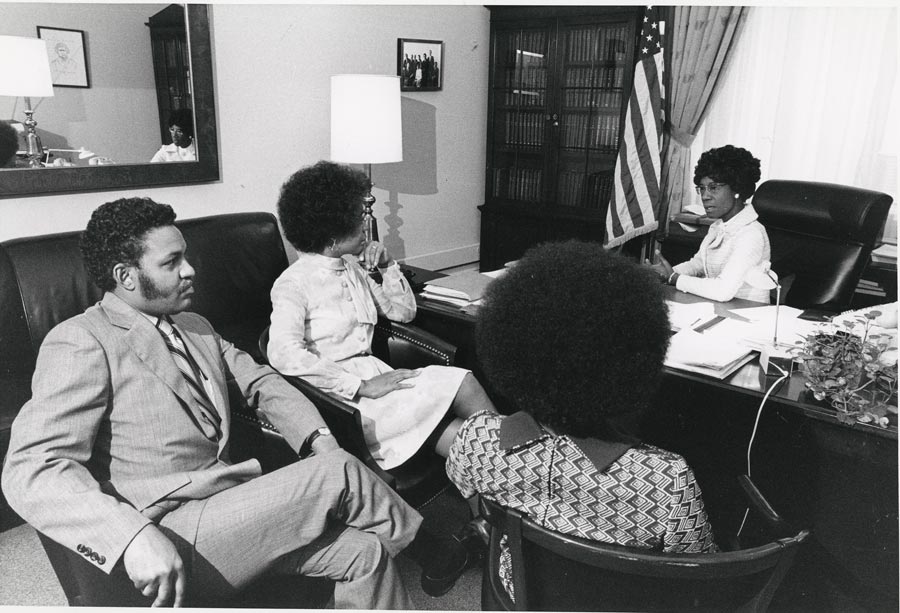
James H. Pickerell, [Congresswoman Shirley Chisholm], ca. 1968, gelatin silver print. The Black Star Collection, Ryerson Image Centre.
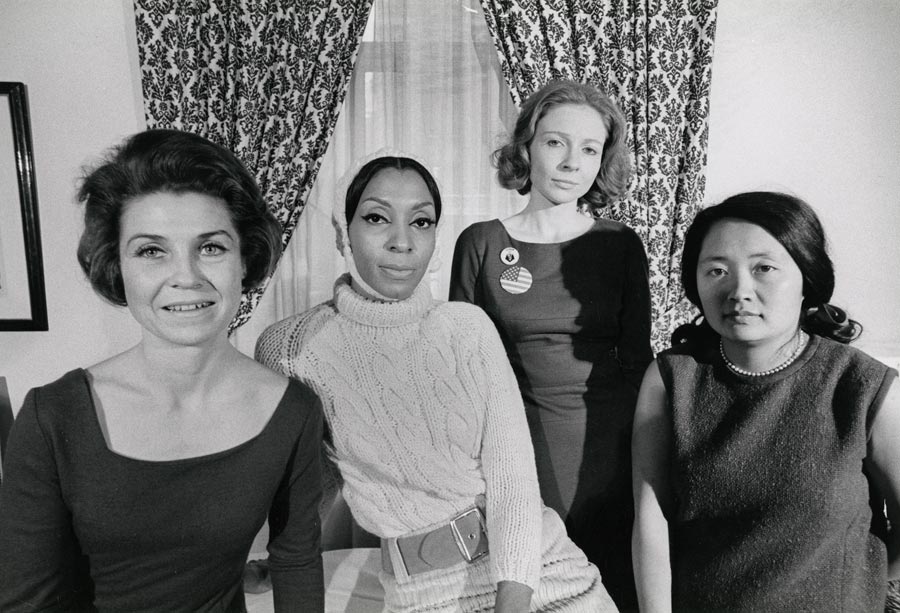
Charles Moore, [Members of the Jeanette Rankin Brigade], ca. 1968, gelatin silver print. The Black Star Collection, Ryerson Image Centre.
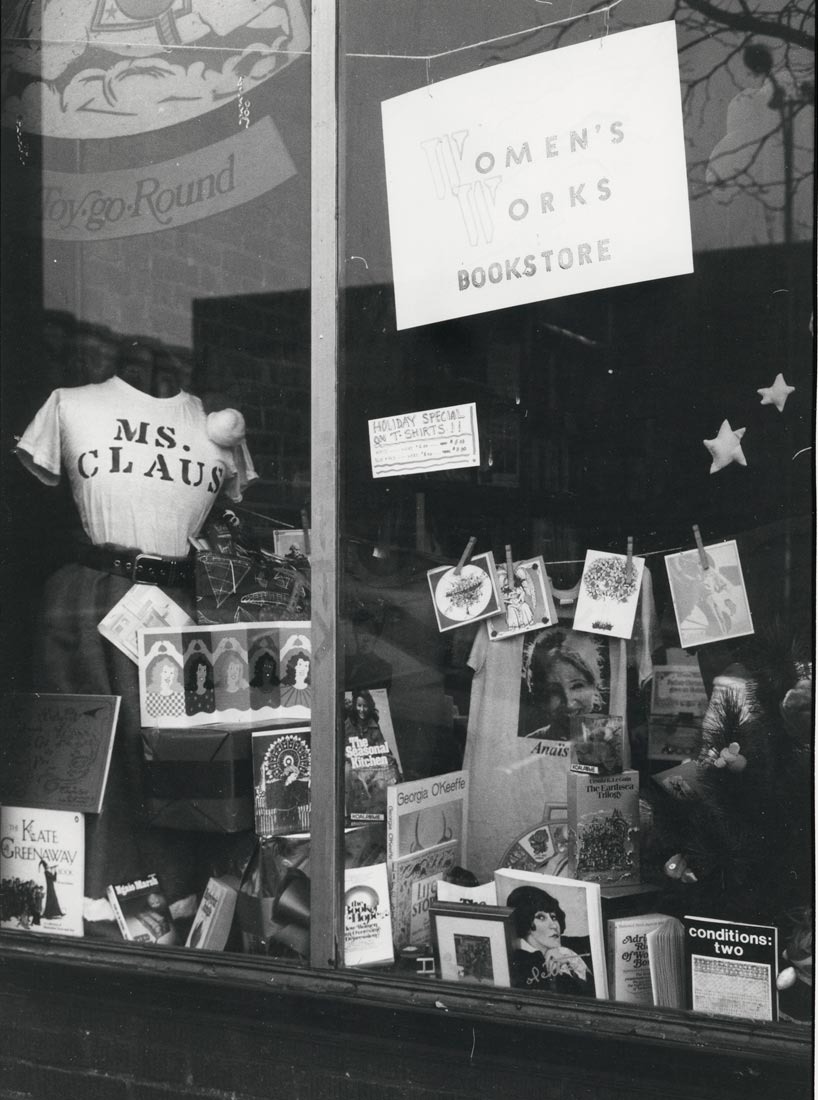
Ira Berger, [Women's bookstore, Brooklyn, New York], ca. 1975, gelatin silver print. The Black Star Collection, Ryerson Image Centre.
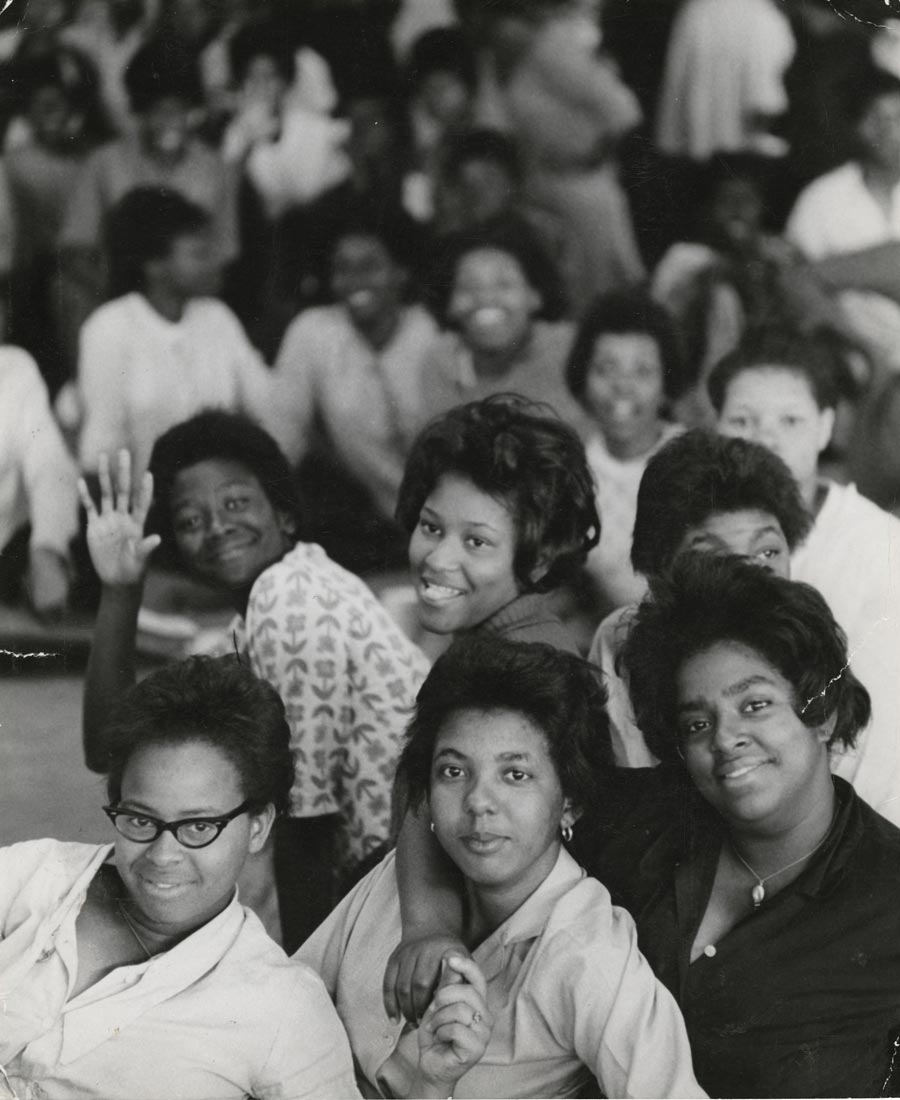
Charles Moore, [Group of women], n.d., gelatin silver print. The Black Star Collection, Ryerson Image Centre.
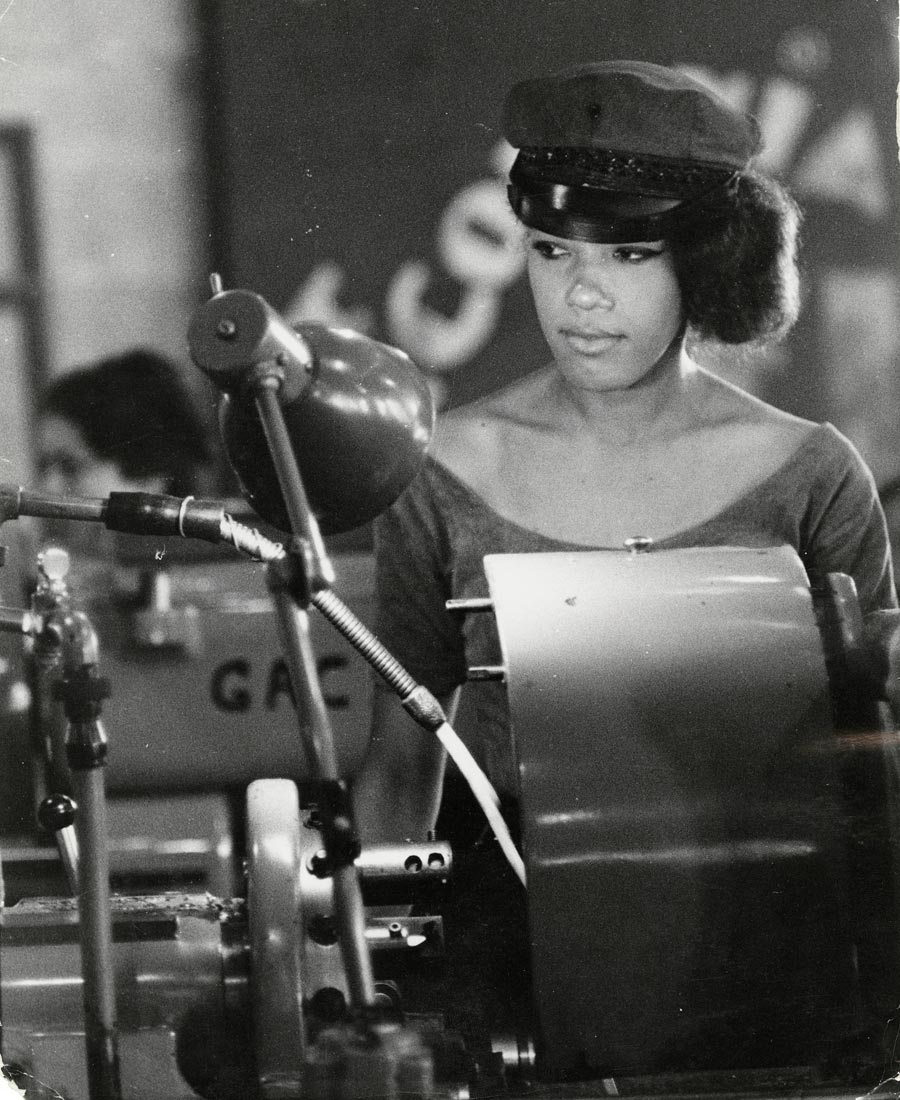
Gordian Troeller, [Female worker, Cuba], ca. 1962, gelatin silver print. The Black Star Collection, Ryerson Image Centre.

Unidentified photographer, [Female jet technician in Israeli army], 1978, gelatin silver print. The Black Star Collection, Ryerson Image Centre.
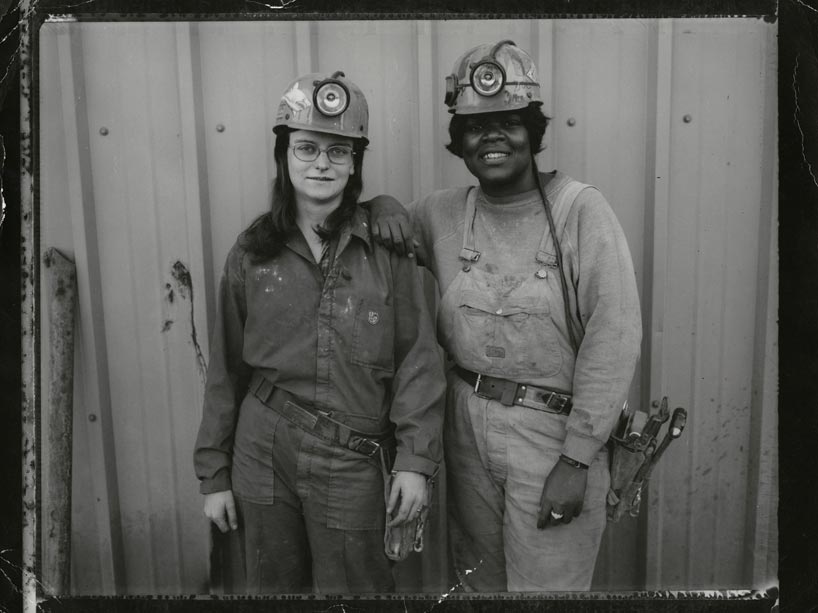
Bill Burke, [Female workers], n.d., gelatin silver print. The Black Star Collection, Ryerson Image Centre.